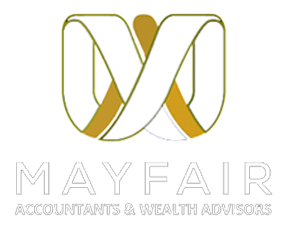The Financial Reporting Council (FRC) has published a new Financial Reporting Standard for the Micro-entities called FRS 105. This marks the end of the Financial Reporting Standard for Smaller Entities (FRSSE).
The key facts about FRS 105 applicable for the Micro-entities regime include:
- It is applicable to micro entities for periods on or after 1 January 2016
- There is an option for early adoption
- It simplifies accounting requirements
The thresholds for Micro-entity companies are:
- Turnover £632,000;
- Balance sheet total £312,000; and
- Employees 10
Although FRS 105 is based on FRS 102 and has been developed around its legal framework, such accounting requirements are adapted to satisfy the legal requirements that apply to the Micro-entities.
Under this standard, the micro-entity financial statements are required to prepare financial statements in accordance with the legislation and are presumed to give a true and fair view by doing so. However, the disclosure requirements of the FRS 105 are heavily condensed compared to the FRSSE (effective January 2015) which have made many accountants not so happy with the Micro-entities regime.
This financial standard requires a Format 2 profit and loss account only and a Format 1 or Format 2 balance sheet.
In addition, no fair values or revaluations can be used under this standard. Thus, if there are any previous fair values and revaluations, they must be removed.
In FRSSE, more accounting policies existed. However, in FRS 105, no accounting policy choices exist, so all the transactions will be recognised in profit or loss. Current assets are also shown in the order of liquidity because no disaggregation of the balance sheet is permitted. And, no deferred tax needs to be recognised.
For Micro-entity companies, FRS 105 is effectively a replacement for the FRSSE. So, if you have any more questions on such accounting standard, feel free to contact our accountants at 020 7060 9556.


